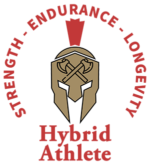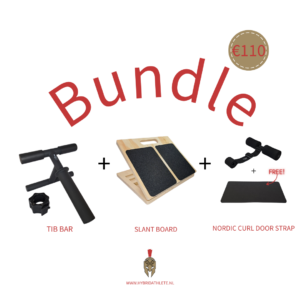
Let’s be real here – there’s rarely a cooler movement than the pistol squat. Yes, the steep learning curve locked it away for a lot of people, but we think that’s unfair. Pistol squats are hard, and people give up because they tackle the exercise way too aggressively.
The actual secret is to build yourself up to a pistol squat. And that’s exactly what we are going to talk about in this article. By the end of it, you should be on your way to your first pistol squat. Let’s go!
Table of Contents
THE BASICS
As you can probably notice right away, the pistol squat is a unilateral movement. This means that one leg is doing the work per rep. You squat and get up using the muscles of one of your legs only.
If that doesn’t sound hard enough, factor in the fact that the other leg must never touch the floor during pistol squats. On top of that, your non-working leg needs to stay straight and point forward throughout the movement.
However, as such a difficult strength and mobility exercise, pistol squats certainly come with a lot of benefits.

PISTOL SQUAT BENEFITS
Similar to other split squat variations, pistol squats can help you with muscle imbalances. But, since the pistol squat is more demanding, it does come with more significant benefits:
- The combination of strength and balance helps develop better proprioception
- High load on the working leg helps develop stronger muscles around the knee
- Through full ROM pistol squats, you can expect better ankle dorsiflexion
- You can expect more stability in the abdominal wall and the posterior chain as well
HOW TO DO A PISTOL SQUAT
Now, this squat is an exercise that requires a lot of prep. The majority of athletes can’t do one right away. But, if you are willing to take on the challenge, here’s how to pistol squat:
- Stand in a neutral stance, with your feet at hip-width distance, with your feet pointing forward
- Lift your non-working leg and flex your ankle with your toes pointing up
- Extend your arms in front of you and hold them at shoulder height
- Look straight forward and brace your core
- While pushing your working-leg knee forward, pull your hips back, and go into a squat
- Your non-working leg should remain straight and go forward, toes pointing up
- Push through the heel of your working leg and go up from the squat
HOW TO PREPARE FOR YOUR FIRST SUCCESFUL PISTOL SQUAT
Essentially, pistol squat preparation is nothing more than strength and mobility work. Your joints need to get used to full ROM single-leg squats, and your muscles need to be strong to support them.
Here’s how to get to your first pistol squat:
- Single-leg isometric holds (3×10 seconds per leg)
- Single-leg squat to box (3 sets of 5 reps per leg)
- Poliquin step up (3 sets of 10 reps per leg)
- Patrick Step (3 sets of 5 reps per leg)
- Floating split squat (3 sets of 5-10 reps per leg)
- Squat with extra weight (it’s important to do the full ROM)
*Pistol squats are easier with a kettlebell or a dumbbell because the weight counters the tendency to fall due to instability. If you decide to use it, make sure not to become dependent on it to go full ROM.
WRAP UP
The pistol squat looks cool, and it certainly feels awesome mastering it. Doing that first clean pistol squat rep is a sure sign that your strength and mobility training is working!
So start slow, pick a progression path, and remember – knees forward, hips back, squat straight down!
And if you want to make it super interesting, try pistol squatting on a slant board! Good luck!
Let’s be real here – there’s rarely a cooler movement than the pistol squat. Yes, the steep learning curve locked it away for a lot of people, but we think that’s unfair. Pistol squats are hard, and people give up because they tackle the exercise way too aggressively.
The actual secret is to build yourself up to a pistol squat. And that’s exactly what we are going to talk about in this article. By the end of it, you should be on your way to your first pistol squat. Let’s go!
GET THE BEST KNEES OVER TOES GEAR IN EU:
Above all, a storyteller. Then comes marketing, branding, writing music, powerlifting, and woodworking.










